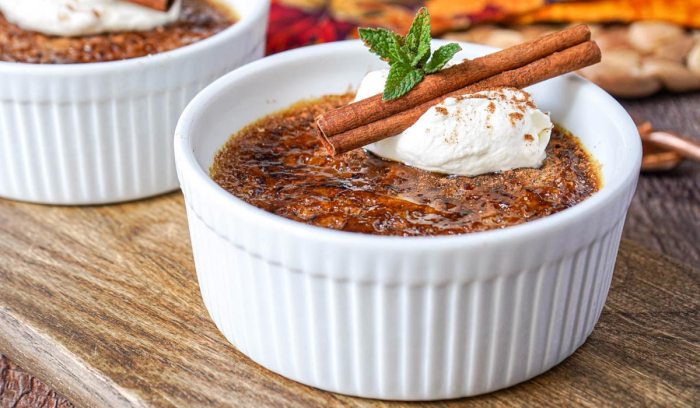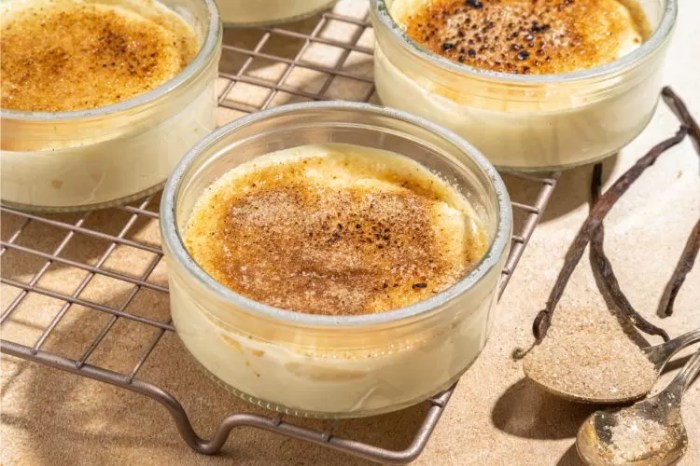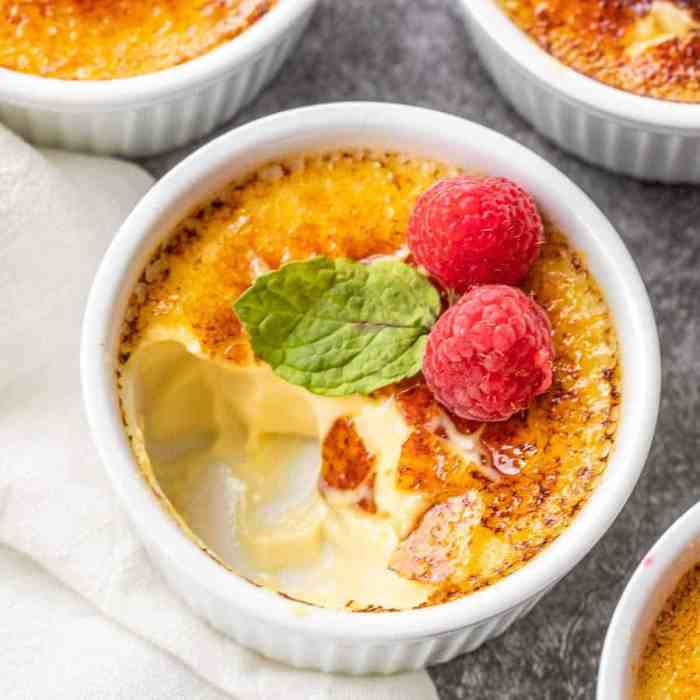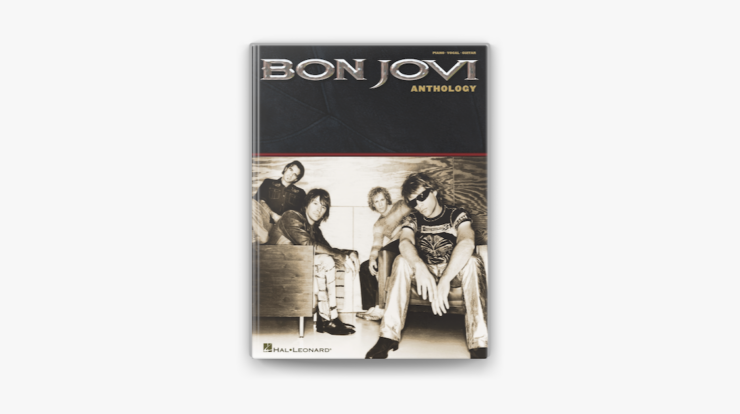
Crab brulee recipe – Embark on a culinary adventure with crab brulee, a tantalizing fusion of classic creme brulee and succulent crabmeat. Dive into this delightful recipe that will ignite your taste buds and leave you craving for more.
Recipe Details

Crab brulee is a unique and delicious twist on the classic creme brulee. It combines the rich, creamy texture of a traditional creme brulee with the delicate flavor of crab. The result is a dish that is both elegant and flavorful.
To make crab brulee, you will need the following ingredients:
- 1 pound of crab meat, picked over and flaked
- 1 cup of heavy cream
- 1/2 cup of milk
- 1/4 cup of sugar
- 1/4 teaspoon of salt
- 1/4 teaspoon of black pepper
- 1/4 teaspoon of Old Bay seasoning
- 1/4 teaspoon of cayenne pepper
- 1/4 cup of panko breadcrumbs
- 1 tablespoon of melted butter
Once you have gathered your ingredients, you can begin making the crab brulee. First, preheat your oven to 325 degrees Fahrenheit. Then, combine the crab meat, heavy cream, milk, sugar, salt, black pepper, Old Bay seasoning, and cayenne pepper in a medium bowl.
Stir until well combined.
Next, grease a 9-inch pie plate. Pour the crab mixture into the pie plate and bake for 25-30 minutes, or until the custard is set.
While the crab brulee is baking, make the topping. Combine the panko breadcrumbs and melted butter in a small bowl. Stir until well combined.
Once the crab brulee is finished baking, sprinkle the panko topping over the top. Return the crab brulee to the oven and bake for 5-10 minutes, or until the topping is golden brown.
Let the crab brulee cool for a few minutes before serving. Enjoy!
Crab Brulee vs. Traditional Creme Brulee
Crab brulee is similar to traditional creme brulee in many ways. Both dishes have a rich, creamy custard base and a caramelized sugar topping. However, there are a few key differences between the two dishes.
- Flavor:The most obvious difference between crab brulee and traditional creme brulee is the flavor. Crab brulee has a delicate seafood flavor, while traditional creme brulee has a sweet, vanilla flavor.
- Texture:Crab brulee has a slightly firmer texture than traditional creme brulee. This is due to the presence of crab meat in the custard base.
- Appearance:Crab brulee is often served with a panko breadcrumb topping. This gives the dish a unique appearance that sets it apart from traditional creme brulee.
Variations and Substitutions
The crab brulee recipe offers a versatile base for culinary experimentation. By incorporating different crab varieties or introducing additional flavors, you can tailor the dish to suit your preferences.
Experimenting with various crab species can significantly alter the dish’s taste and texture. For a sweeter and milder flavor, try using blue crab or Dungeness crab. If you prefer a more intense, briny flavor, opt for king crab or snow crab.
Substitutions
- If you don’t have heavy cream, you can substitute it with milk or half-and-half.
- If you don’t have Panko breadcrumbs, you can use regular breadcrumbs or crushed crackers.
- If you don’t have Old Bay seasoning, you can use a blend of paprika, garlic powder, and cayenne pepper.
These substitutions may slightly alter the taste and texture of the crab brulee, but they will still yield a delicious and satisfying dish.
Serving Suggestions

Crab brulee is a versatile dish that pairs well with a variety of accompaniments. Salads, sauces, and garnishes can enhance the flavors and textures of the crab brulee, creating a visually appealing and satisfying dining experience.
Salads
Fresh, crisp salads provide a light and refreshing contrast to the richness of the crab brulee. A simple green salad with a tangy vinaigrette or a more elaborate salad with grilled vegetables, goat cheese, and a balsamic reduction can complement the dish beautifully.
The acidity of the dressing helps to cut through the richness of the brulee, while the textures of the salad add interest and crunch.
Sauces
Sauces can add an extra layer of flavor and moisture to crab brulee. A classic hollandaise sauce, made with butter, egg yolks, and lemon juice, pairs well with the delicate flavors of the crab. A creamy beurre blanc sauce, made with white wine, shallots, and butter, can also enhance the dish.
For a more flavorful option, try a tomato-based sauce with fresh herbs and a touch of heat.
GarnishesGarnishes can add a touch of color and freshness to crab brulee. Fresh herbs, such as chives, parsley, or dill, can brighten up the dish and add a subtle herbal flavor. A sprinkle of paprika or a drizzle of olive oil can also add a touch of visual appeal.
One of the best things about the fall is the abundance of wild mushrooms. If you’re lucky enough to find some chicken of the woods, be sure to try this chicken of the woods recipe . It’s a delicious and easy way to enjoy this unique mushroom.
Nutritional Information and Health Benefits

Crab brulee is a rich and decadent dish that is sure to please even the most discerning palate. However, you may be wondering about its nutritional value. In this section, we will take a closer look at the nutritional information of crab brulee and discuss the health benefits associated with consuming crab.Crab
brulee is a good source of protein, with one serving providing approximately 20 grams. Protein is an essential nutrient that is necessary for building and repairing tissues, as well as producing enzymes and hormones. Crab is also a low-fat food, with one serving containing only about 5 grams of fat.
Most of the fat in crab is unsaturated fat, which is considered to be “healthy” fat. Unsaturated fats can help to lower cholesterol levels and reduce the risk of heart disease.In addition to being a good source of protein and low in fat, crab is also a good source of several vitamins and minerals, including vitamin B12, selenium, and zinc.
Vitamin B12 is essential for the production of red blood cells, while selenium is an antioxidant that can help to protect cells from damage. Zinc is important for immune function and wound healing.The cooking methods used in crab brulee can affect its nutritional value.
For example, baking crab at a high temperature can cause some of the nutrients to be lost. However, steaming or boiling crab can help to preserve more of the nutrients.Overall, crab brulee is a nutritious and delicious dish that can be enjoyed as part of a healthy diet.
Calorie Content
One serving of crab brulee contains approximately 250 calories. This is a moderate amount of calories for a main course dish. However, if you are watching your weight, you may want to consider sharing a serving with a friend or family member.
Fat Content
As mentioned above, crab brulee is a low-fat food. One serving contains only about 5 grams of fat. Most of the fat in crab is unsaturated fat, which is considered to be “healthy” fat. Unsaturated fats can help to lower cholesterol levels and reduce the risk of heart disease.
Protein Content, Crab brulee recipe
Crab brulee is a good source of protein, with one serving providing approximately 20 grams. Protein is an essential nutrient that is necessary for building and repairing tissues, as well as producing enzymes and hormones.
Another great fall recipe is crab brulee . This elegant dish is perfect for a special occasion. The creamy custard and the crab meat make a perfect combination.
Culinary History and Cultural Significance: Crab Brulee Recipe

Crab brulee, a delectable fusion of flavors and textures, has a culinary lineage that spans centuries and cultures. Its origins can be traced back to the coastal regions of France, where resourceful chefs sought to elevate the humble crab into a culinary masterpiece.
In the 18th century, the dish emerged as a testament to French culinary ingenuity. It was during this time that the technique of bruleeing, or caramelizing the surface of a custard, became popular. Chefs began experimenting with this technique on various dishes, including crab, resulting in the creation of the iconic crab brulee.
Evolution Over Time
Over time, crab brulee evolved beyond its French roots, finding favor in cuisines worldwide. In the United States, it became a staple of Creole cooking in the Gulf Coast region, where it was often prepared with local blue crab and served as a festive dish for special occasions.
Today, crab brulee continues to be a beloved delicacy, enjoyed for its rich, creamy texture and the delicate balance of flavors between the sweet custard and the savory crab. Its versatility allows it to be customized with various herbs, spices, and accompaniments, making it a culinary chameleon that adapts to diverse culinary traditions and preferences.
Final Wrap-Up

From its rich history to its versatile variations, crab brulee has earned its place as a culinary masterpiece. Whether you’re a seasoned chef or a novice in the kitchen, this recipe empowers you to create a dish that will impress your palate and your guests.
FAQ Summary
What is the key to achieving the perfect brulee topping?
The secret lies in using a kitchen torch to caramelize the sugar evenly, creating a crisp and golden-brown crust.
Can I substitute other types of seafood for crab?
Absolutely! Feel free to experiment with lobster, shrimp, or even scallops to create unique variations.
Is crab brulee a good appetizer or main course?
Its versatility shines through as both an elegant appetizer to whet the appetite or a satisfying main course when paired with a side salad.





